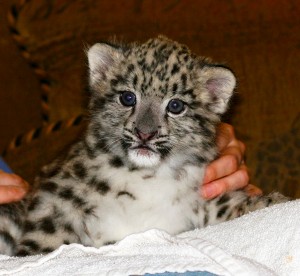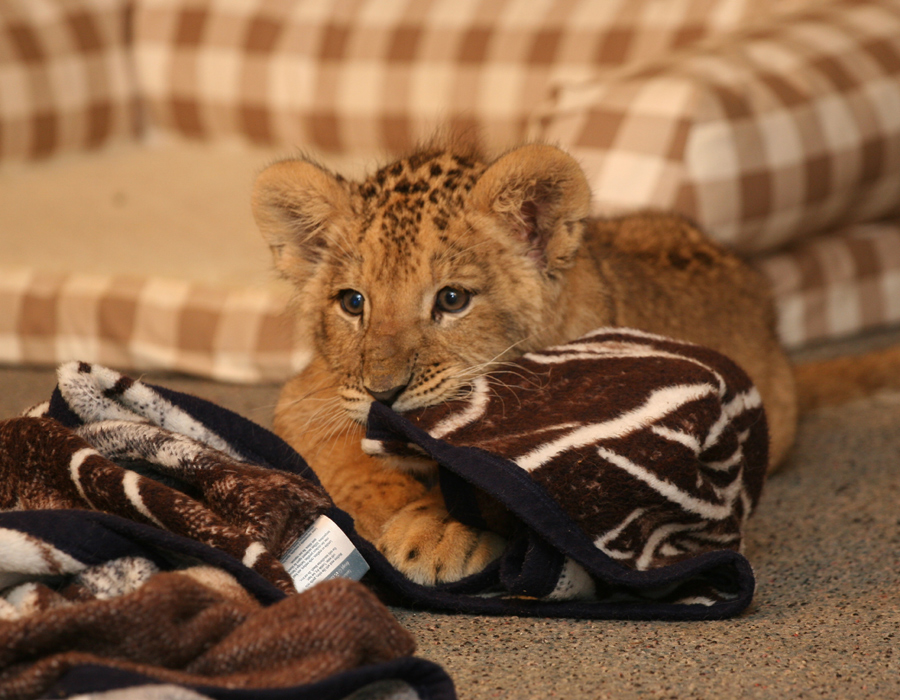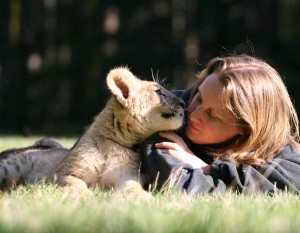Most readers are likely aware that Western black rhinos went extinct in recent years. By far, the two largest factors in driving this extinction were habitat loss and poaching. Despite millions of dollars spent and many laws passed attempting to stem the trade of rhino horns, Western black rhinos were wiped off the face of the planet largely in a few decades.
Let us imagine a different scenario:
Back around 1970, a small number of rhino were allowed to be removed from the wild and kept by private owners. Several ranchers in Texas spent lots of money and each imported several rhinos. They built them huge pastures—in some cases larger than the area they had in the “wild.” They spent lots of money on veterinary care and enrichment because their profit depended upon healthy, long lived animals. They bred them and grew their herds. Once every 18 months or so, each rhino was sedated and its horn removed at the same time routine veterinary procedures were performed. When they awakened, they were in no pain, and their horns grew back in around a year. The ranchers made lots of money, much of which they put back into their rhino operations, and they worked together to improve the care and husbandry of rhinos, and created a database so they could breed the healthiest and strongest. They sold babies to other people looking to get into the rhino-horn business. And a small but thriving industry was born.
Undoubtedly a few incompetent, unscrupulous, or greedy people would do a bad job—a few rhinos would suffer and die. But the overwhelming majority would be well cared for, and the species would be safe and thriving. There would be thousands of healthy black rhinos today, well-cared for on ranches not only in Texas, but in Africa and elsewhere. There would be plenty of specimens to repopulate the wild. Yes, they would be “captive,” but would that be worse or better than extinct?
This scenario did not occur, and in fact was not even broadly discussed, because the animal rights movement was so effective at persuading people that animals cannot be humanely utilized, that animals belong only in the “wild.” They passed law after law “protecting” black rhinos from any captive future, and prohibiting the rhino-horn trade, but in doing so obliterated the very fiscal incentive that might have motivated some people to allocate land and resources to breeding these animals. They protected black rhinos straight into extinction.
The phrase, “better dead than caged” has often been proclaimed by those who believe animals should never be kept. I wonder, would the Western black rhinos agree?
This question is worth contemplating, not merely for our own edification, but also because there are many other species, and other subspecies of rhino, on a similar trajectory. Should we save them to live with us or let them go extinct?
I generally avoid nature documentaries—they tend to contain so much misinformation that they make me crazy—but the other night I was flipping channels, and I watched a few minutes of two different shows, both about lions, that really piqued my curiosity:
Lions are a true apex predator—one of the most powerful and successful creatures on the planet with few adversaries. So their lives are in many ways easier, safer, and more comfortable than most other animals.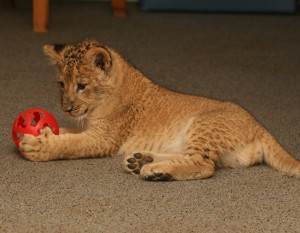
In the first show, a lioness was raising her cubs in what turned out to be the territory of a cobra, and each of the cubs and the mother ended up being bitten. Within a few agonizing minutes the cubs were all dead, but it took much longer for the mother, who was clearly in incredible pain and anguish as she lay next to her dead cubs, growing weaker and weaker, salivating and cramping and going blind before eventually a pack of hyenas showed up to terrorize her before she finally died…
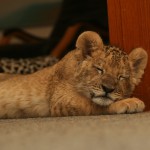 In the second, a pride of lions (a 3 year old male, several females, and a bunch of cubs) was struggling to survive. In a brief period they had battled drought, and a scarcity of food, and they were weak and hungry. They finally managed to catch a buffalo which was great news for the lion pride, but was gruesome for the buffalo who was essentially pulled down by the weight of several lionesses and eaten alive… But at least the lions were finally able to eat, although each of them had countless flies on her face making even the brief moment of satiation rather unpleasant. Then, just as they were finishing their first meal in weeks, an unknown male lion showed up to fight with and defeat the resident male. The resident male was injured, and limped off to die a slow agonizing death of starvation, while the new male spent the next hour or so killing all the cubs and playing with their lifeless bodies.
In the second, a pride of lions (a 3 year old male, several females, and a bunch of cubs) was struggling to survive. In a brief period they had battled drought, and a scarcity of food, and they were weak and hungry. They finally managed to catch a buffalo which was great news for the lion pride, but was gruesome for the buffalo who was essentially pulled down by the weight of several lionesses and eaten alive… But at least the lions were finally able to eat, although each of them had countless flies on her face making even the brief moment of satiation rather unpleasant. Then, just as they were finishing their first meal in weeks, an unknown male lion showed up to fight with and defeat the resident male. The resident male was injured, and limped off to die a slow agonizing death of starvation, while the new male spent the next hour or so killing all the cubs and playing with their lifeless bodies.
Each of these is, obviously, quite sad on an emotional level, but I was able to set aside my sentimental response and remember that this is how nature works: almost all wild animals will face hunger and injury and cold and parasites before dying an unpleasant death while they are still quite young.
What I could not answer, and still cannot, is how so many people can look at a lion in captivity—lounging on a comfortable bed, eating its fill of optimal food, free from flies and worms and fleas, drinking clean fresh water every day, running and playing without a worry in the world, living several times longer, raising babies in safety—and feel sorry for the captive animal. Feel that the animal would be happier or better off living the “free” life of a wild animal. Certainly, there are some captive animals that are abused or neglected and would be better off in any other situation, but you would have to look long and hard to find ANY animal in captivity that suffers more than its wild counterparts…
The central notion of the Animal Rights movement is that “animals deserve consideration of their interests”. Let us consider captivity as it relates to the interests of animals:
There are an wide range of natural lives and captive lives, and one can easily and misleadingly look at the best example of either and compare it to the worst example of the other and reach whatever conclusion one wants to reach. Too often people compare the very best and most idyllic moment in a wild life with the worst example of atrocious captivity, and reach a skewed conclusion. For the sake of this article I am going to try to compare an average wild life with an average captive life. Since the question is whether or not captivity can be in the best interests of animals, we need to look at a reasonably good example of captive life to decide whether or not it can be a good life and if we believe it can then we can turn our attention to determining what conditions need to be met.
The natural life of a wild animal is rarely the idyllic picture that Disney, your parents, and some animal rights advocates would like you to believe. Nature is harsh and unforgiving, and most wild animals live very difficult lives. They are almost always inundated with fleas, ticks, intestinal worms, heartworms, and other parasites. They are plagued by flies and mosquitoes. They spend much of their life without enough food or water, or drinking brackish filthy water. They are often hunted and killed by animals of other species. They are often dominated or attacked by members of their own species over territorial or mating disputes. They are uncomfortably cold and wet or hot most of the time. They are unvaccinated against even the most common diseases and their injuries and illnesses go untreated and are often agonizing and eventually fatal. They are shot, poisoned, leg-trapped, or struck by cars. They are under constant stress and are always held captive by geographic boundaries or other animals’ ranges. They are often bred every season regardles of their health, and many of their offspring die. A wild animal’s life expectancy is generally less than half what it would be in captivity and much of that time is full of fear, stress, and discomfort.
A reasonably well cared-for animal has a very different life: it has ample space without threat of predation. It has clean, fresh water at all times. It is fed high quality balanced meals regularly and given vitamins, supplements, and treats to ensure maximal health. It is kept close to an ideal temperature at all times, and has dry clean bedding. It rarely encounters any parasites. It is given excellent preventative care, and any injury it sustains is treated immediately and pain management is provided. It is exercised regularly and given lots of enrichment so it is not bored. If appropriate it is housed with other compatible animals so it has companionship without risk. It is weighed and bathed. If needed it may receive massage or chiropractic treatments. Many captive animals are never bred, but those that are often are bred at comparatively infrequent intervals and given superlative prenatal care and their offspring have a very high likelihood of surviving. A captive animal’s life expectancy is generally two to three times longer than that of their wild counterparts, and for much more of their lives they are healthy, robust, and comfortable.
The only intrinsic difference between a wild animal and a well-kept animal is that the captive animal has a person dedicated to tending to its every need. If a captive animal were cared for in a manner identical to “nature”, the owner would be arrested for neglect and abuse immediately.
Very few adult humans chose to live a “wild” life. While we value our freedom dearly, we also value health and comfort and convenience. (Humans who value freedom so highly that they forego comfort to live without walls are called “homeless”, and most of us do not consider their choice optimal)
Over the years we have had several animals who came to us at a young age from the wild due to injury or accident whom we have raised as citizens of both worlds. We live far out in the woods and let them come and go at will. Not only did they stay, but also they spent the vast majority of their time lying on the down comforter rather than being outside. The only way I could get them to go act wild is to go out and call them and play with them, and as soon as I went back inside so did they. This is a well known issue in rehabilitation—one must be careful not to let the animal acclimate too much to captivity or they will prefer a comfortable captive life to the wild and will become unreleasable.
Some people argue that captivity is bad and all animals deserve to be wild and captive animals should be freed or eradicated. The point of this post is to honestly and carefully consider that view: animals have lives in captivity that are every bit as rich and full as in the wild, and in general they are longer, healthier, more comfortable, and by any practical criteria better.
Animals do indeed deserve consideration of their interests, and it is unmistakably clear that, if we can look past our preconceptions and biases, captivity is often the very best life to achieve those interests.

